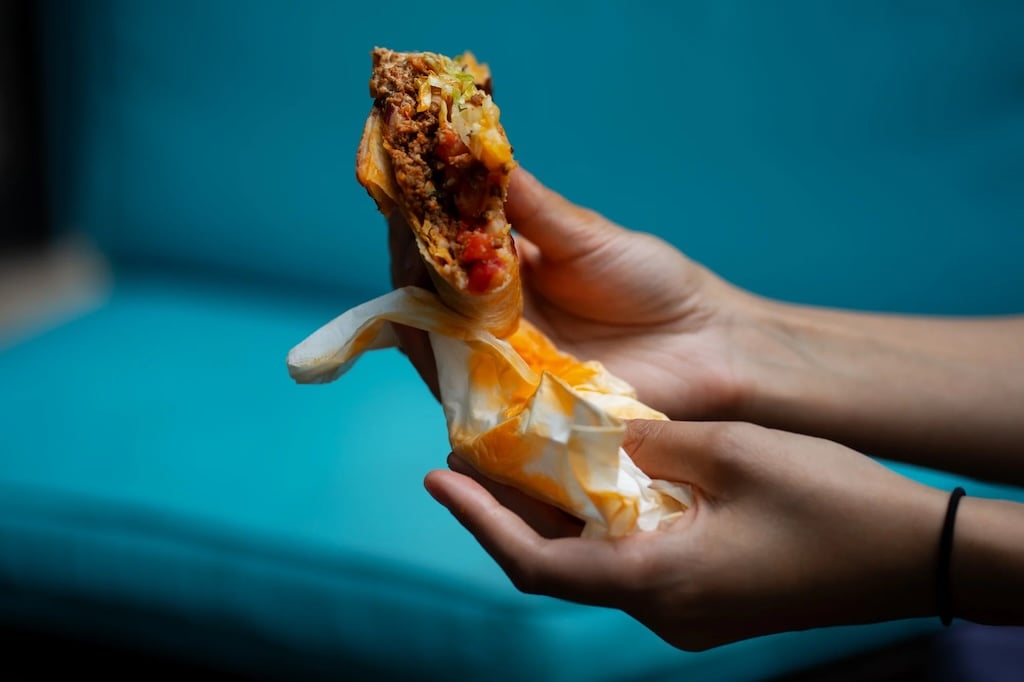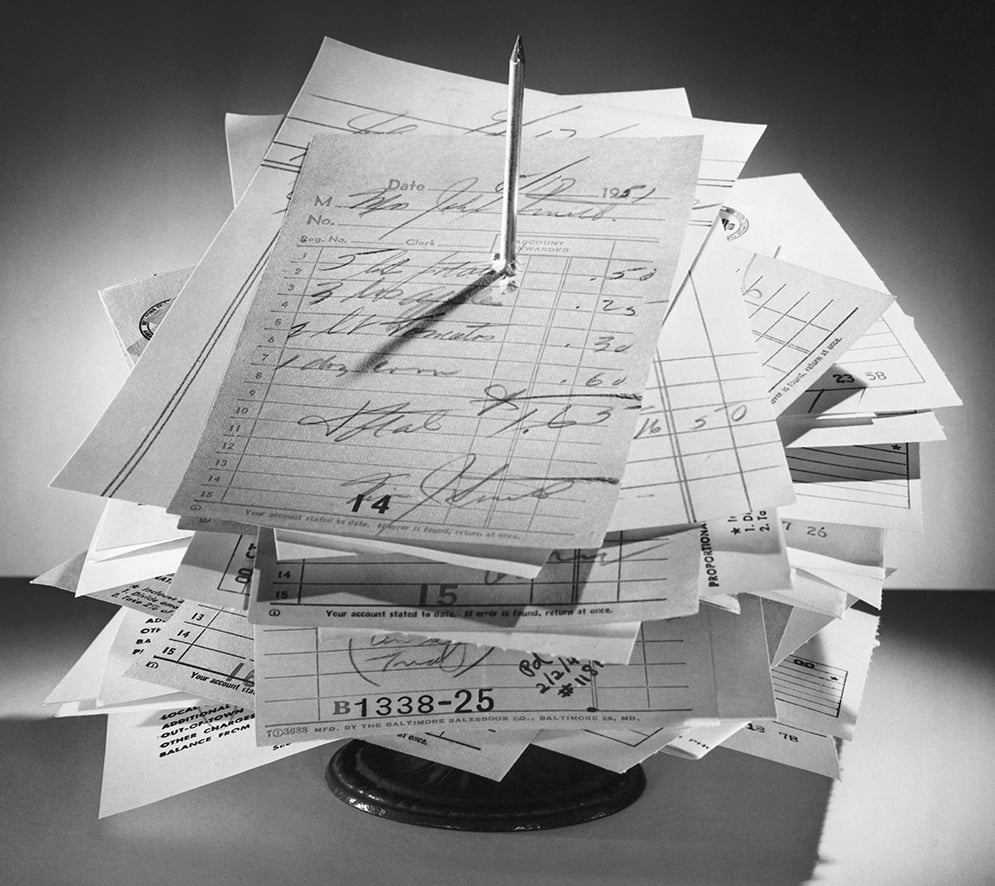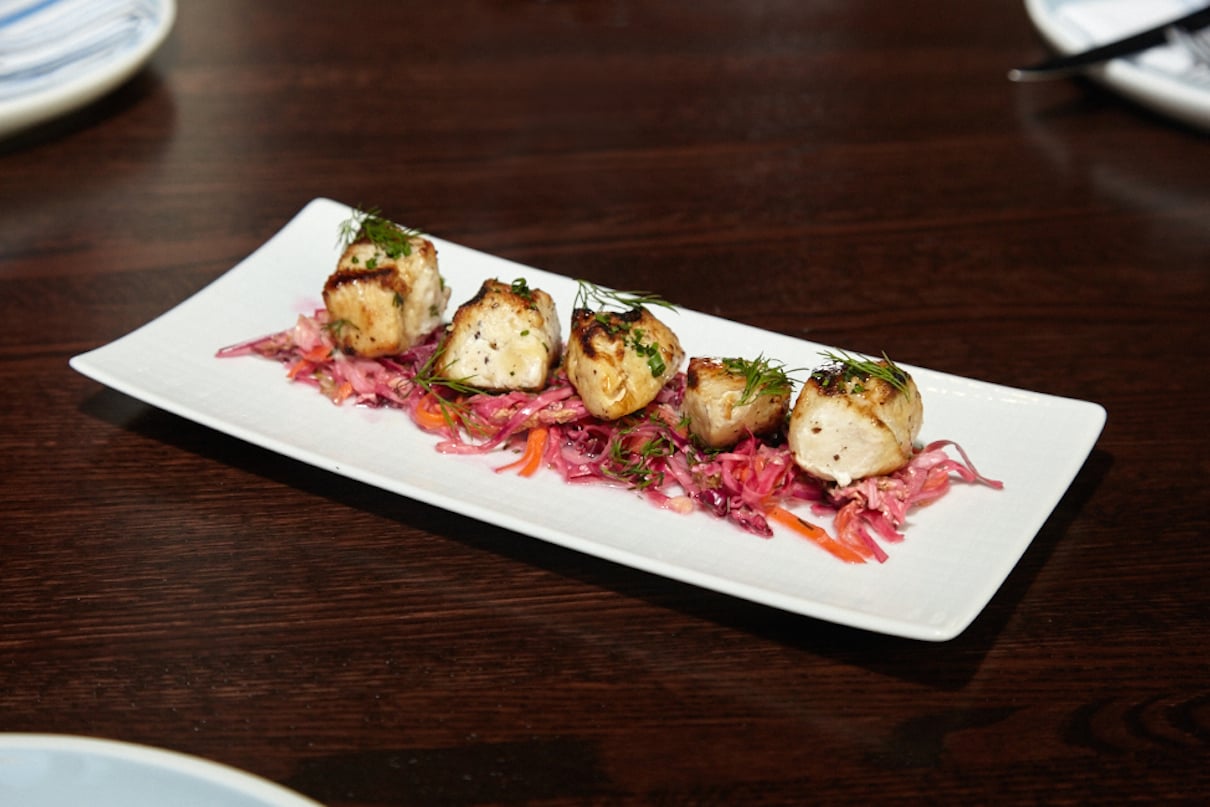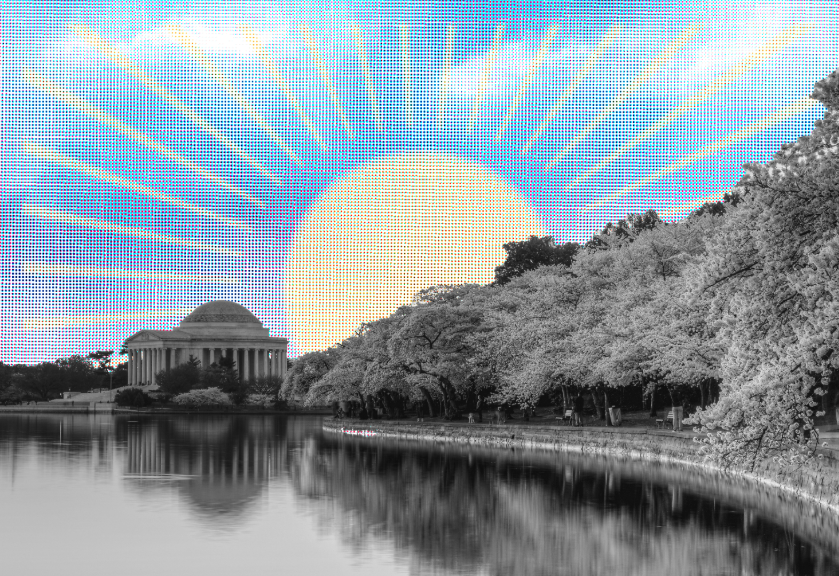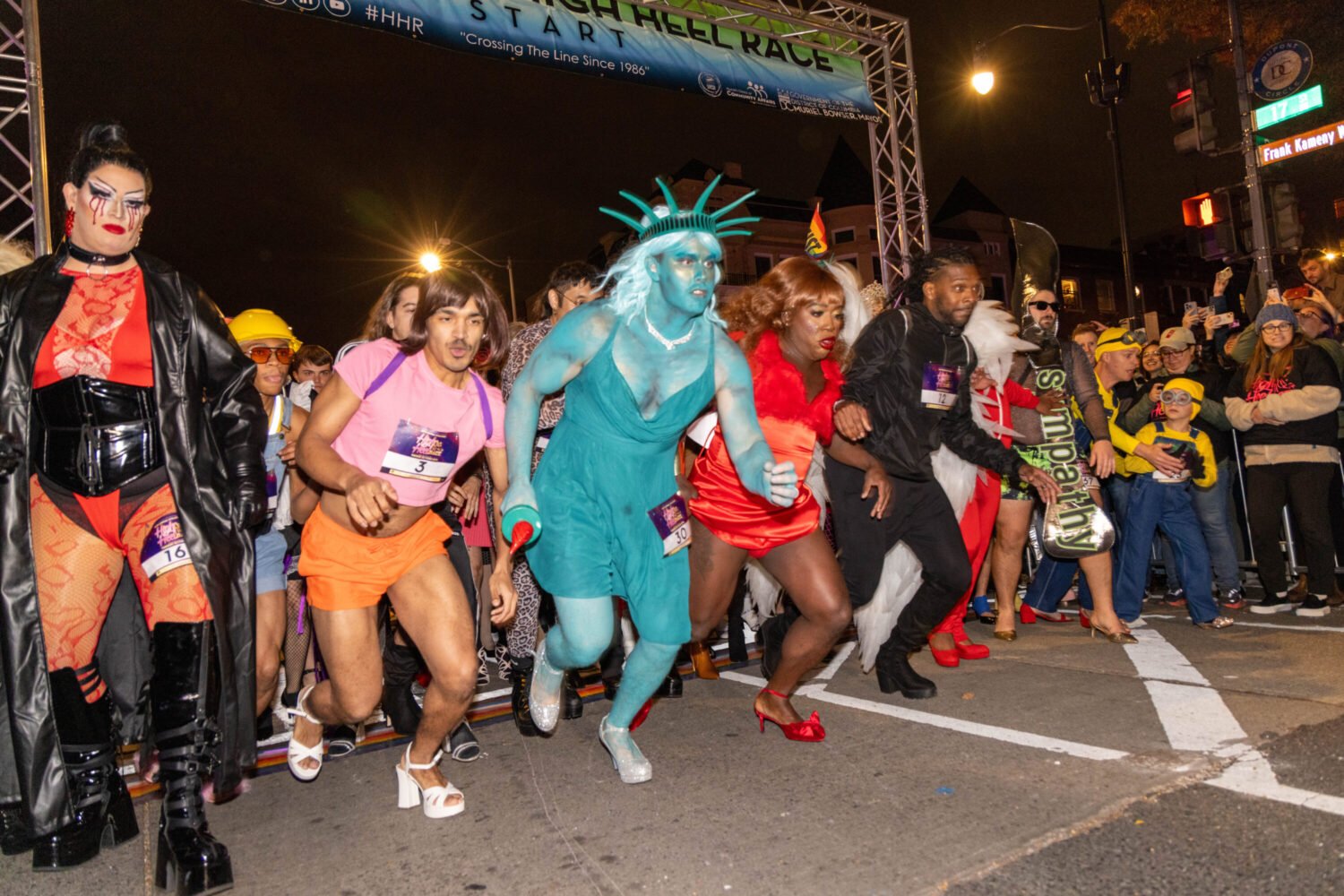Useful Terms
Koji-kin mold. The name of the mold spores
sprinkled onto sake rice before it’s mixed with yeast.
Shinpaku. The starchy core of a rice grain—the
best part for making sake. Rice intended for sake is milled, or
“polished,” to remove part of the less desirable outer grain. The most
expensive, smoothest-tasting, and most revered sakes contain the highest
percentage of shinpaku. Sake Grades Shinpaku.
Daiginjo. At least 50 percent of the rice
grains used for this is milled away.
Futsuu-shu. The rough stuff—sake’s equivalent
of table wine. It’s rarely imported to the US.
Genshu. Undiluted sake. These bottles
generally contain 18 to 20 percent alcohol by volume, as opposed to the
typical 15 or 16 percent.
Ginjo. At least 40 percent of the rice grains
used for this type of sake is milled away, resulting in a smoother
sake.
Honjozo. All sakes contain rice, yeast, water,
and koji-kin. Honjozo-grade sakes can also contain up to
3 percent distilled brewer’s spirit, said to bring out flavors and
aromas.
Junmai. The word means “pure,” and these sakes
can contain no additives—only the four basic ingredients.
Super daiginjo. An unofficial (not
government-regulated) designation for super-premium sakes in which 60 to
95 percent of the rice is polished away in the milling
process.
Tokubetsu. Means “special” and applies to a honjozo or
junmai that the brewer found particularly noteworthy, usually for
its aromatic qualities.
Sake Styles
Koshu. Aged sakes, which account for less than 1 percent of
sakes produced.
Nama. Designates an unpasteurized sake—almost
always a genshu. These sakes should always be kept
cold.
Nigori. The roughly filtered sake that appears
cloudy and is often familiar to Americans.
Great Sake-Producing Regions
Fukushima. A varied climate means this
northern prefecture can create a wide array of sakes ranging from sweet to
dry. Since the 2011 tsunami, many breweries have struggled to get back
into the export market.
Ibaraki. Just south of Fukushima, Ibaraki
makes soft (thanks to soft water), sweet sakes with little
acidity.
Niigata. Look for small snowflake stickers on
bottles from this wintry Sea of Japan prefecture known for clean, dry
sakes. Niigata produces the most approachable sakes for
Americans.
Shizuoka. A Pacific Coast region that produces
light, fragrant sakes.




